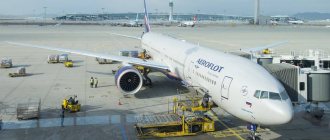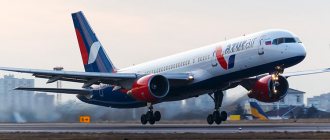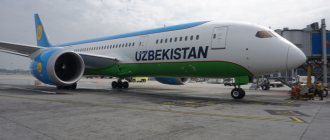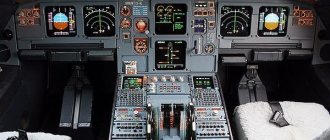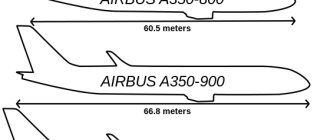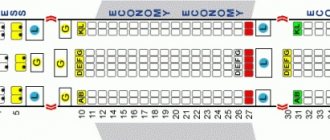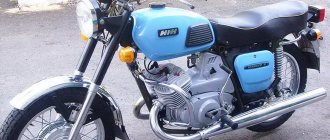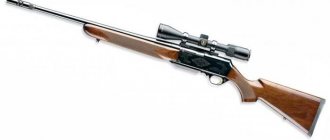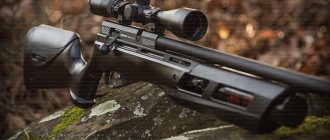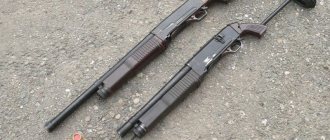Who operates the A321
Airbus A330 200 Nord Wind interior diagram
The Airbus A321 aircraft is used by such companies as:
- Aegean Airlines;
- Air Canada;
- Air China;
- Air France;
- Air India;
- Alitalia;
- American Airlines;
- Atlasglobal (Atlas Global);
- Austrian Airlines;
- British Airways;
- Egyptair;
- Finnair;
- Iberia;
- Lufthansa;
- Onur Air (Onur Air);
- Qatar Airways (Qatar Airlines);
- SAS - Scandinavian Airlines;
- SWISS International Air Lines;
- Turkish Airlines;
- Wizz Air;
- "Aeroflot - Russian Airlines";
- Red Wings;
- "North wind";
- S7 Airways (“Siberia”);
- "Ural Airlines";
- "Yamal" and others.
Airbus A321-100/200 accidents
In October 2020, a terrorist attack was committed on board an A321 aircraft on a scheduled flight from Egypt to Russia. The airliner belonged to Russian aviation.
After takeoff from Sharm el-Sheikh, the plane disappeared from radar, and after some time it crashed on the Sinai Peninsula.
On board the aircraft that made its last flight, A321, there were 224 people, including 7 crew members and 25 children. After receiving information from the found black boxes, the main cause of the plane's crash was the explosion of an improvised explosive device in the tail of the plane.
The table shows disasters that claimed a large number of human lives:
| Year | Place | Number of victims | Description | |
| 1990 | Bangalore | 92 | Landing crash, root cause unknown | |
| 1992 | Strasbourg | 87 | Crash while descending while on autopilot | |
| 2000 | Bahrain | 143 | Falling into the sea | |
| 2006 | Sochi | 113 | Falling into the sea | |
| 2007 | Sao Paulo | 199 | While landing, he left the runway and crashed into a warehouse. | |
| 2010 | Islamabad | 152 | Crash during landing in difficult weather conditions | |
| 2014 | Java Sea | 162 | Crash at sea due to autopilot malfunction | |
| 2015 | French Alps | 150 | Collision with a mountain range | |
| 2015 | Sinai peninsula | 224 | Terrorist attack on board an airplane | |
| 2016 | Mediterranean Sea | 66 | The investigation into the crash continues. | |
The best seats on the A321 plane
So, we go to the website of the most popular air carrier, find the “Reference Information” section, then “On Board”, then “Seat Layout”, and then select the Airbus A321 (cabin layout) - the best Aeroflot seats can be clearly seen here. It’s worth taking a closer look at the best and worst seats on the plane, and we’ll explain why it’s better to take a particular seat or not.
As can be seen from the figure, the best seats are considered to be the eighth row and seats A and F in “line” 20. Rows 1-7 are provided for business class passengers, here the distance between the seats is wider and there is more aisle. However, it is better not to choose the first and seventh rows, because the first row is located close to the toilet, and the seventh is close to economy class, and there, as a rule, it is noisier than in business class.
Aircraft characteristics
Diagram of the cabin of the Airbus A321 Aeroflot aircraft
For an optimal assessment and correct selection of the best seats in the aircraft cabin, it is worth finding out in advance how many rows are available on the plane and studying the appropriate layout of the vessel, which is assigned to the desired flight. However, almost any aircraft layout can be used to determine quality seats.
The physical dimensions of the Airbus A321 cabin allow you to accommodate from 170 passengers in a cabin consisting of two classes, or up to 220 people using seats of one class, which is quite enough for charter and budget flights; in addition, it is worth considering that the length of flights of this model can reach 5500 km.
In total, about a dozen different modifications of the Airbus A321 were created, which are designed for flights that differ in duration and number of seats belonging to different classes. For example, for low-cost or charter flights, the stock equipment is converted in order to increase cabin capacity, as a result of which the economy class is expanded to 220 seats. In this configuration, the entire cabin is one class.
Characteristics and dimensions of the A321 100/200 aircraft
Dimensions A321
Passenger cabin
Flight characteristics
Advantages and disadvantages of the A321
Advantages:
- high level of sound insulation;
- high level of comfort for crew and passengers;
- comfortable and spacious interior;
- high technical parameters;
- large capacity.
Flaws:
- outdated modifications;
- limited use.
More than the A320
The increased length of the fuselage allows you to accommodate 170 passengers in two cabins of varying degrees of comfort, or up to 220 people with the maximum filling of the passenger compartment with seating. Airbus also leaves the opportunity for the future operator to choose the cabin layout from the proposed acceptable options for the Airbus A321 aircraft. The layout of the seats and the distance between them can be changed to values from the range proposed by the manufacturer. In the most economical version of the cabin, 36 rows of two built-in seats are installed on the left and right of the aisle and one row, as a rule, at the third pair of emergency exits with double seats on opposite sides of the aisle. There is also the option of arranging seats in 35 rows of six seats in a row, 2 rows of four seats (at the second and third pair of emergency exits) and the last row of two seats installed in the rear of the fuselage. With such seating arrangements, the Airbus A321 interior has a minimum distance between adjacent seats of 28-30 centimeters (about 11 inches).
Characteristics and layout of the Airbus A321 cabin
The Airbus A321 has an elongated body (44.5 m). The cabin width is 3.70 m. The cruising speed of the aircraft of this model is 840 km/h, the maximum speed is 890 km/h. Flight range – 5950 km.
The aircraft is equipped with eight passenger doors and four emergency exits. As of 2020, Airbuses A321-100 and A321-200 are in operation around the world with different cabin layouts with a number of seats from 170 to 220.
Interior layout
The manufacturing company supplies Airbus A321 of various modifications to order to partner air carriers. The most popular model is the A321 with 170 and 183 passenger seats with a two-class cabin. Such airliners are also operated by the famous Russian carrier Aeroflot.
History and characteristics
The Airbus A321 appeared out of the need to compete with the Boeing 737-900ER, as well as to increase the main performance of the models in this line. Compared to previous versions, the developers have improved:
- Engine power, due to which the plane began to fly further.
- The wings were strengthened so that the air transport could withstand heavy loads.
- The A321-200 modification also has larger fuel tanks, which helps refill gasoline for a longer flight time.
The first successful development occurred in 1994 and after a test flight, all aircraft became the property of Lufthansa and Alitalia. The second modification appeared two years later and is constantly receiving orders from a variety of carriers. Aeroflot has several such airliners operating short and medium-range flights.
e1.ru
The Airbus A321 is a twin-engine narrow-body aircraft designed to cover a distance of 4000-5000 km. Of all the models in this line, it is the largest, which makes it possible to carry more passengers on board. So, its standard capacity is designed for 200 people, but much depends on the specific modification and the airline that operates the flight.
If these are charter lines that do not have a division into business and economy class, then there are 220 passenger seats in the cabin, among which there are very few differences. When divided into two comfort levels, only 185 seats remain by freeing up space for an increased comfort zone.
A320 family
In the eighties of the last century, this line of narrow-body aircraft in the Airbus model range was the most advanced in terms of technology. For the first time in the series, the EDCS (electrical remote control system) was used, and the cockpit was equipped for the first time with side control handles instead of conventional steering columns. The tail of the aircraft and its end winglets on the wings were made of composite materials. The main competitors of the series, especially the extended version with the Airbus A321 index, were the American Boeing B737. The latest generations of B737NG (New Generation) are equipped with electronic and automatic systems no worse than Airbuses.
